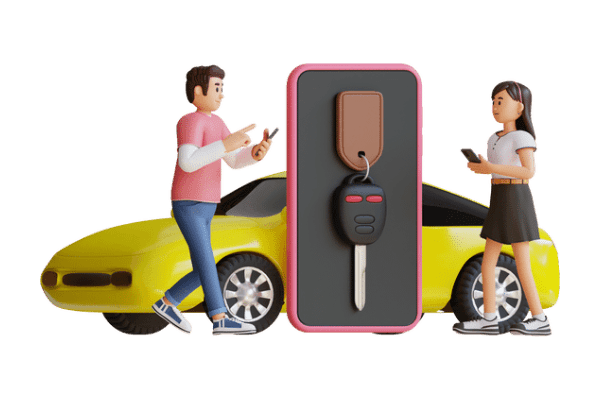
Frequently Asked Questions
Share your specific requirements and we will be happy to reply back shortly. You are also welcome to contact us via phone, email or at our office during working hours.

Share your specific requirements and we will be happy to reply back shortly. You are also welcome to contact us via phone, email or at our office during working hours.

Hello, We warmly welcome you to the LGH platform support center. Check Knowledge base To find answer for your question quickly. Or You can start chat with our agent here.